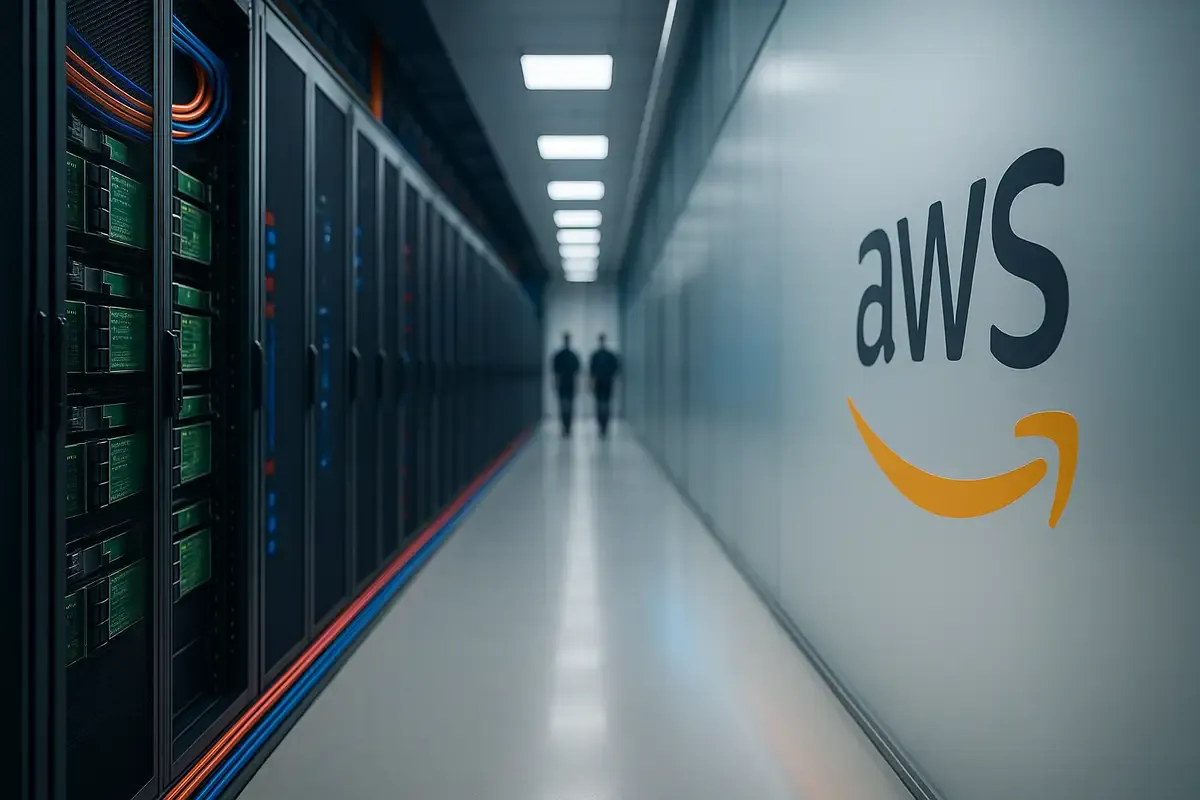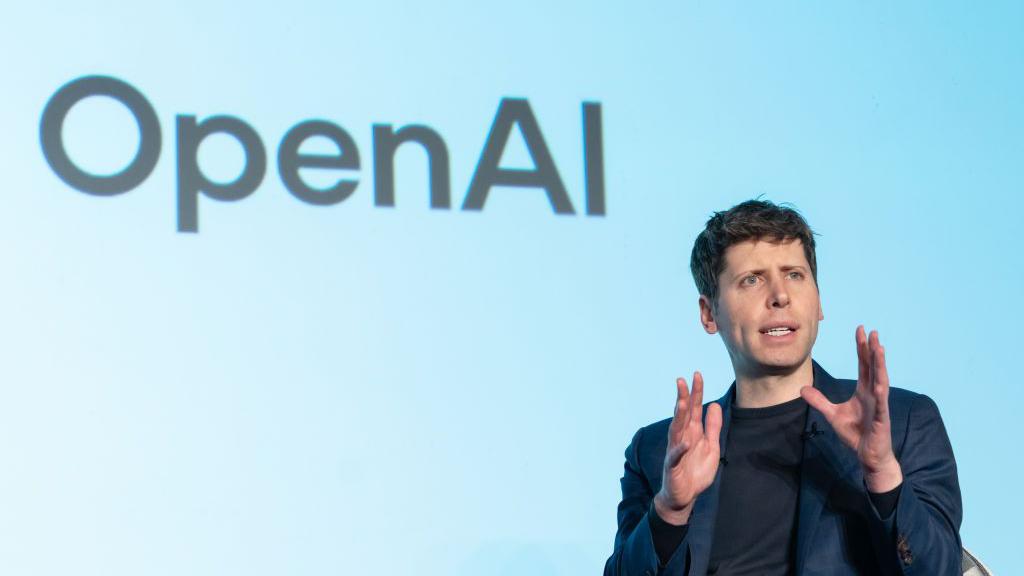OpenAI Inks $38 Billion Cloud Deal With Amazon Web Services
OpenAI announced a seven-year, $38 billion agreement with Amazon Web Services on Monday, gaining broad access to Nvidia GPUs and cloud infrastructure for its AI models. The pact marks OpenAI's first major step away from exclusive reliance on Microsoft Azure, amid a push to diversify computing resources. Sam Altman, OpenAI's CEO, highlighted the move in a statement: "Scaling frontier AI requires massive, reliable compute. Our partnership with AWS strengthens the broad compute ecosystem that will power this next era and bring advanced AI to everyone."
This deal fits into OpenAI's busy 2025, with similar pacts alongside Oracle for $40 billion in Nvidia chips, Broadcom for custom designs, AMD for processors, and Nvidia directly. Those commitments total more than $1 trillion in compute capacity. The AWS tie-up ensures steady supply for training tools like ChatGPT, as demand grows in fields from healthcare to finance.
OpenAI reported a $12 billion loss in its latest quarter, per Microsoft filings, reflecting heavy training costs. Still, the news lifted Amazon shares 5% to a record high Monday. AWS CEO Matt Garman noted: "The breadth and immediate availability of optimized compute demonstrates why AWS is uniquely positioned to support OpenAI's vast AI workloads."
Bank of England officials and JPMorgan's Jamie Dimon have raised concerns about AI investment risks and market swings. Altman addressed that in a BBC interview last month: "It’s unprecedented to see investment at this scale, but it’s also unprecedented for companies to grow revenue this fast." The agreement bolsters OpenAI's infrastructure as generative AI adoption rises 78% year-over-year, according to Stanford's 2025 AI Index.

AWS server room housing high-performance servers that power cloud computing services worldwide.
Capex Surge: OpenAI's Big Bet and Its Echo on Your Wallet
OpenAI's deal underscores the "capex boom" in AI, where firms front-load billions into hardware like GPUs to stay ahead—think buying a fleet of trucks before the delivery rush hits. Capex, short for capital expenditures, covers long-term assets that drive future growth, but here it means data centers guzzling power and chips at scale.
Everyday consumers feel it through gradual price tags on tech: Smarter phones or apps might cost 10-15% more as companies recoup spends, or AI features in services like search could add $2-5 to monthly fees. According to analysis reviewed by Finance Monthly, AI capex has tripled since 2023, with 95% of adopters still chasing profitability. Wedbush analyst Dan Ives, who follows Big Tech closely, sees the tension: "This compute rush fuels breakthroughs, yet without quick returns, it becomes a consumer-funded sprint—prices creep up to bridge the gap."
A Bay Area tech firm once layered $400 million into AI gear, shifting 3% of costs to users via tiered plans that stuck around. The detail: Nvidia margins could hit 25% by 2027 if utilization tops 80%, but monitor AWS reports for "idle capacity" flags signaling overbuild.
Head off the pinch: Review your device ecosystem this week—opt for Google's AI bundle at $20 monthly instead of standalone subs, saving $10-15, then park it in a tech-focused Roth IRA for 8-12% compounded growth. It's a straightforward way to ride the wave without the undertow.
OpenAI's Amazon link sets a new benchmark in the sector, blending rivalry with collaboration. As tools evolve, this compute push promises tools that feel almost human—worth watching closely.

OpenAI CEO Sam Altman addresses the audience during a recent keynote, highlighting the company’s AI advancements.
Compute Quest: Quick Answers on OpenAI's AWS Shift
Why Did OpenAI Partner With Amazon on a $38 Billion Cloud Deal?
OpenAI sought diverse Nvidia access and scale beyond Microsoft, capping a year of $1 trillion-plus pacts with Oracle, AMD, and others for AI training needs.
What's Sam Altman's Net Worth in 2025?
Sam Altman's net worth stands at $2.3 billion in 2025, from Y Combinator equity, clean energy ventures, and OpenAI holdings, per Forbes.
Will OpenAI's AWS Deal Raise AI Service Prices for Users?
Expect 5-10% fee bumps on premium tools as $12 billion losses push recoups, though faster models might offset with better value over time.















